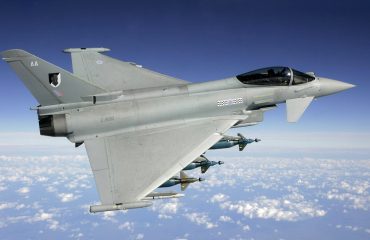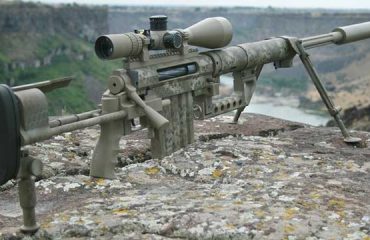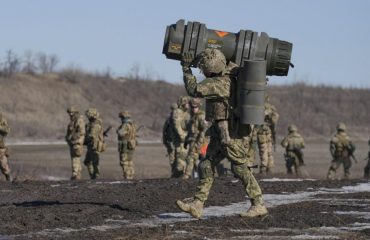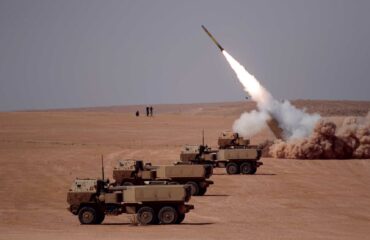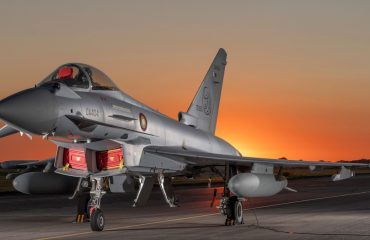US Navy Triton Drone Conducts First Flight Test Under Icing Conditions

The US Navy’s MQ-4C Triton aerial drone has conducted its maiden flight test with wing ice accumulation over the Patuxent River in Maryland.
The trial is the first of 15 flights planned through the spring of 2023 to validate the aircraft’s capability to transit low-temperature environments.
As part of the demonstration, the Triton performed several flying techniques, including sideslips and control surface pulses, at an altitude of 20,000 feet (6,100 meters).
‘Top Priority’ Aircraft Ability
According to the US Navy, data from the flight will be used to analyze the drone’s response based on the Triton team’s input. It will also confirm operational safety for subsequent test phases.
The average duration for the following trials will be increased to five hours per flight.
“Triton’s ability to fly in icing conditions is a top priority for the fleet,” MQ-4C Triton Program Manager Capt. Josh Guerre explained.
“The greater ability we have to fly in harsh weather conditions, the more capability we can provide to the fleet.”
Eliminating Icing Restrictions in Flight
The demonstration builds on a moderate icing simulation in 2022, in which the navy’s Integrated Test Team equipped the Triton’s wings and V-tail with 3D-printed nylon ice shape blocks.
The orange-tinted blocks were coated with coarse grit that mimics the rough texture of ice inside a freezer.
“The objective is to verify that there’s sufficient stability and control in order to remove the restrictions in the flight clearance for flying in icing conditions – which could significantly increase the fleet’s sortie rate,” MQ-4C Triton Lead Test Engineer Amanda Marge stated.
“This timeline will support deployment of the latest MQ-4C multi-intelligence variant.”








